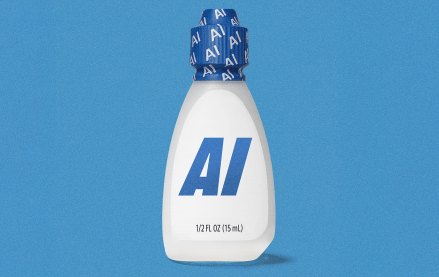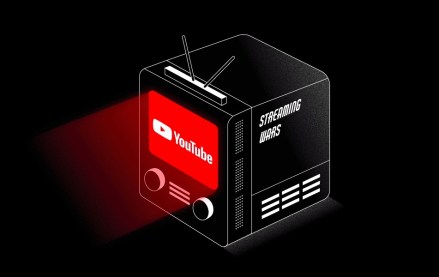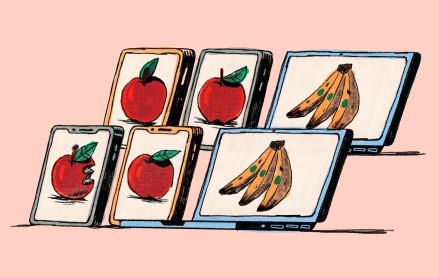Platforms make concessions on measurement, but not too many
Platforms are beefing up their third-party measurement options for advertisers.
On Monday, Twitter said it would use Moat and Integral Ad Science for viewability and verification. Yesterday, IAS touted its partnership with YouTube to offer more brand-safety tools to marketers. These announcements come just a few months after YouTube and Facebook opened themselves up to Media Rating Council audits.
The increased third-party checks within platforms give some control back to advertisers, but platforms are unlikely to completely open the floodgates to their data.
“I don’t think [platforms] will hand over the keys entirely,” Altimeter Group analyst Omar Akhtar said. “They will do it piecemeal and share just some of the analytics because they want people to keep accessing their own analytics. But it does give enough power to marketers to have the confidence to push for more.”
Media industry analyst Rebecca Lieb said that platforms’ greater openness to third-party measurements “absolutely” gives control back to advertisers. She anticipated that the third-party tools will give advertisers a check against how they are billed when they have disputes with platforms.
“It has got to a point where advertisers are demanding this kind of verification, especially after the Facebook video measurement debacle and the Times YouTube exposé,” said Dan de Sybel, CTO at ad agency Infectious Media. “The big platforms have realized it will harm their revenues if they do not give in.”
Akhtar said the motivations for adopting more third-party measurement vary by platform. Twitter wants to convince marketers that it’s essential for advertising. Facebook wants to persuade advertisers that it is no longer prone to measurement errors. YouTube is trying to calm the storm after a rash of brands pulled their ads from the platform.
David Hahn, chief product officer at IAS, said that most of the recent announcements around third-party measurement on platforms were months in the making. However, ad buyers previously told Digiday that brand “boycotts” of YouTube were ultimately what led YouTube to allow more third-party tags on its platform.
Platforms are making a big push into video and trying to extend their reach beyond social budgets and into digital and TV budgets. Anita Walsh, director of social strategy at Horizon Media, said as they chase these other media budgets, platforms will face higher expectations from media planners.
As one ad buyer put it: “It may be that the real reason platforms gave in is because they are beginning to see it is possible to take dollars from TV. But to do so, they have to make some concessions.”
More in Marketing

Lowe’s wants to do more with AI shopping in 2026
Mylow, a shopping assistant powered by ChatGPT that launched in March, is already driving double the conversion rate for online shoppers.

‘This isn’t the old pre-roll world’: YouTube has been talking TV — now it’s selling that way
YouTube is ramping up efforts to get TV’s largest advertisers to move more of their budget into its platform.

As every screen becomes shoppable, attribution problems resurface
As more media environments become points of purchase, attribution and measurement remain the thorn in the side of commerce execs.







